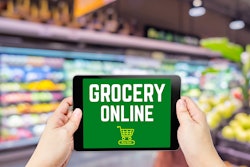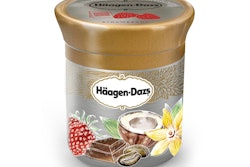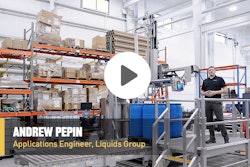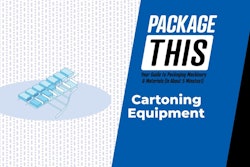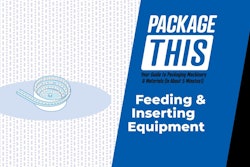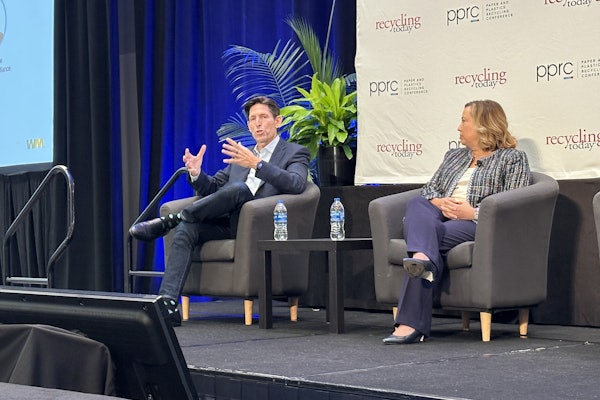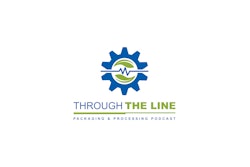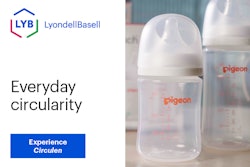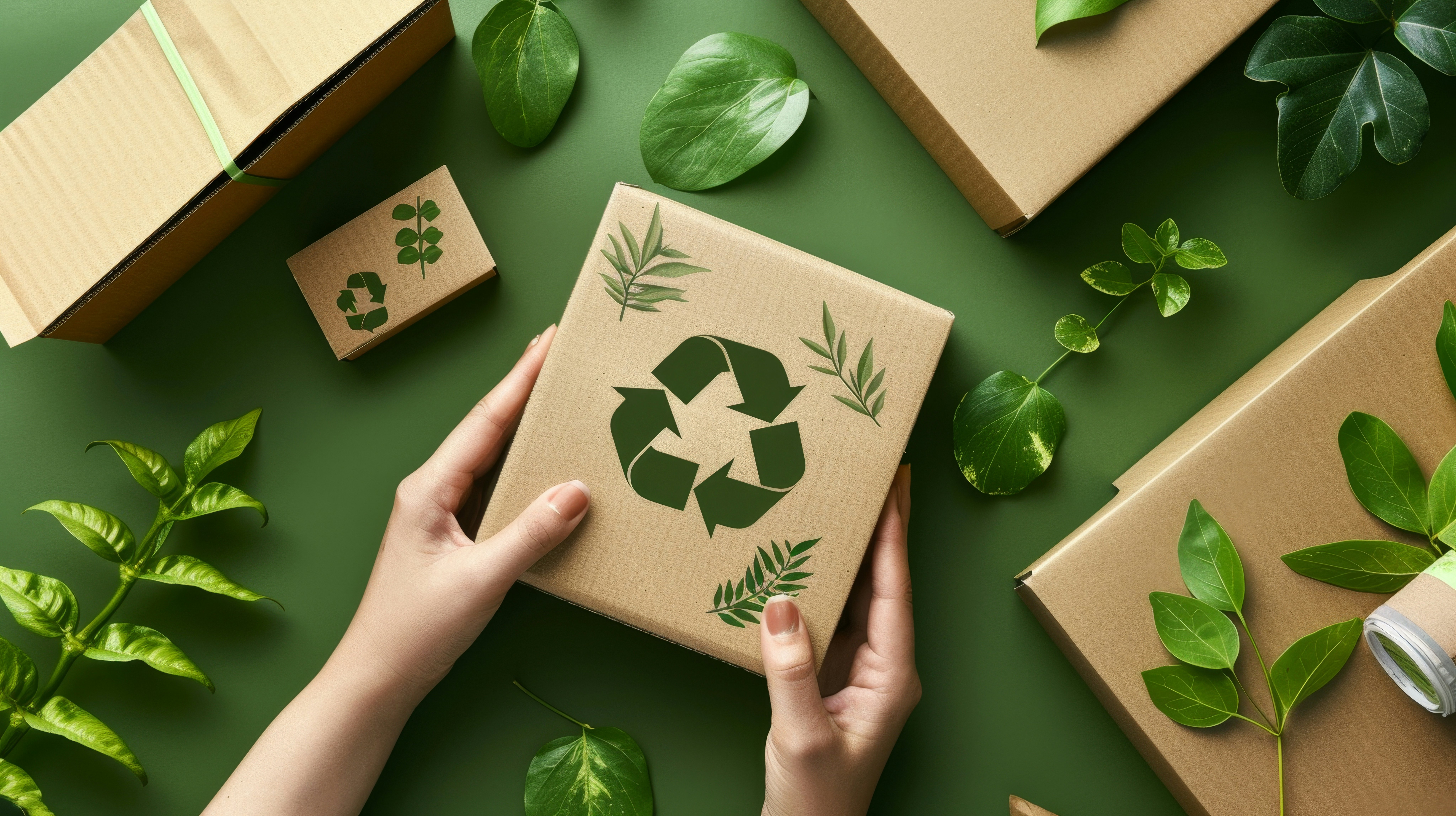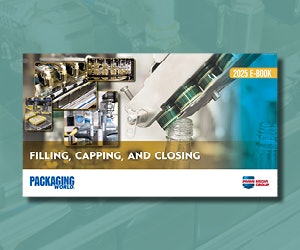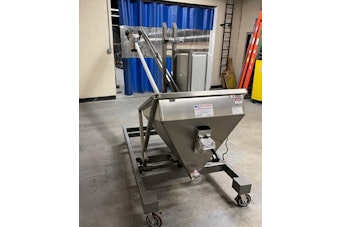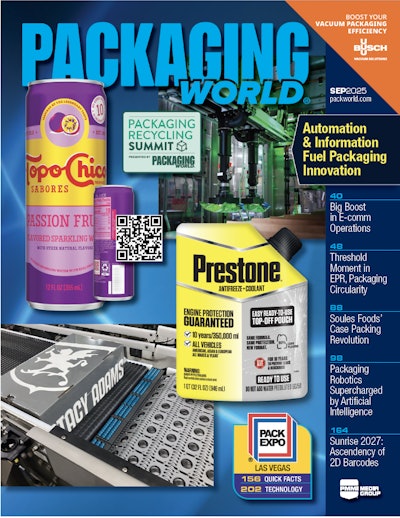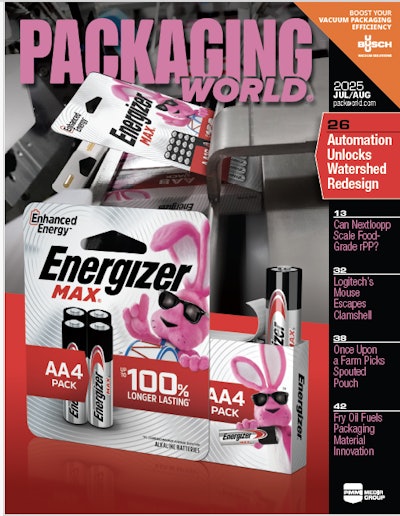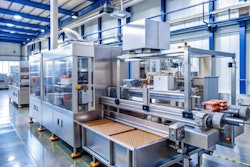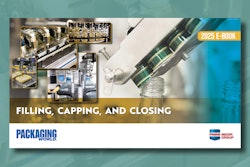
Originally posted 12/11/2018
While consumers complain about too much packaging in their e-commerce shipments, they also complain about damage, breakage and spills.
“E-commerce 2018: Think Inside the Box,” a new study from PMMI Business Intelligence, addresses the problems with overpacking.
“We are getting pushback from consumers that there is too much packaging with e-commerce shipments,” said a VP of E-Commerce for a leading food company.
With 95% of consumers believing packaging significantly influences their online purchase experience, and 49% sharing their online experiences on social media, brands have to be aware of their supply chain’s effect on the environment.
The report reveals that while 23% of CPGs polled reported designing packaging to reused, repurposed or retuned by the consumer, the majority are not.
“We are in the early stages of looking at a rigid package or lighter package that can be returned, but there are safety concerns and sanitary standards that need to be addressed,” said one Plant Manager for a dairy.
“Boutique companies with glass products are testing a return bottle process now, added a VP E-Commerce for a packaging supplier.
“We are working with a number of brands and looking at packaging strategies for the long term, like returnable systems and certainly more recyclability,” said the owner of a package design firm.
“We are looking at refills of jars and lipsticks, like snap-in refills to be placed in the original cylinders”, a Project Manager with a personal care company shared.
“We want to provide a tangible product that could be reused, like for travel, to remind the consumer of the product brand,” said a Packaging Engineer for a supplements firm.
The dilemma for packaging professionals is while “overpacking” may draw criticism, product loss or damage that gets returned, or food spoilage that gets tossed out, is far less sustainable. In the case of groceries, tossing food out negates growing, harvesting, processing, shipping—everything is lost.
For damage, the return and refilling and reshipping of the order has more impact on the environment than the overpacking.
As one panelist said at an e-commerce conference this year, “As a consumer, if the environment is your greatest concern, you probably should not be shopping by e-commerce.”
Read more about sustainable packaging here.
Or download this recent webinar on the Recycling Crisis In America.
For more information on how e-commerce is impacting CPGs, 3PLs and packaging OEMs, download the FREE Executive Summary or, PMMI members can access entire 56-page report here.
To see all ten articles in this series, click here.
Learn more about packaging solutions at the co-located PACK EXPO Las Vegas and Healthcare Packaging EXPO, September 23-25, 2019 in Las Vegas, NV.
Originally posted 12/11/2018
While consumers complain about too much packaging in their e-commerce shipments, they also complain about damage, breakage and spills.
“E-commerce 2018: Think Inside the Box,” a new study from PMMI Business Intelligence, addresses the problems with overpacking.
“We are getting pushback from consumers that there is too much packaging with e-commerce shipments,” said a VP of E-Commerce for a leading food company.
With 95% of consumers believing packaging significantly influences their online purchase experience, and 49% sharing their online experiences on social media, brands have to be aware of their supply chain’s effect on the environment.
The report reveals that while 23% of CPGs polled reported designing packaging to reused, repurposed or retuned by the consumer, the majority are not.
“We are in the early stages of looking at a rigid package or lighter package that can be returned, but there are safety concerns and sanitary standards that need to be addressed,” said one Plant Manager for a dairy.
“Boutique companies with glass products are testing a return bottle process now, added a VP E-Commerce for a packaging supplier.
“We are working with a number of brands and looking at packaging strategies for the long term, like returnable systems and certainly more recyclability,” said the owner of a package design firm.
“We are looking at refills of jars and lipsticks, like snap-in refills to be placed in the original cylinders”, a Project Manager with a personal care company shared.
“We want to provide a tangible product that could be reused, like for travel, to remind the consumer of the product brand,” said a Packaging Engineer for a supplements firm.
The dilemma for packaging professionals is while “overpacking” may draw criticism, product loss or damage that gets returned, or food spoilage that gets tossed out, is far less sustainable. In the case of groceries, tossing food out negates growing, harvesting, processing, shipping—everything is lost.
For damage, the return and refilling and reshipping of the order has more impact on the environment than the overpacking.
As one panelist said at an e-commerce conference this year, “As a consumer, if the environment is your greatest concern, you probably should not be shopping by e-commerce.”
Read more about sustainable packaging here.
Or download this recent webinar on the Recycling Crisis In America.
For more information on how e-commerce is impacting CPGs, 3PLs and packaging OEMs, download the FREE Executive Summary or, PMMI members can access entire 56-page report here.
To see all ten articles in this series, click here.
Learn more about packaging solutions at the co-located PACK EXPO Las Vegas and Healthcare Packaging EXPO, September 23-25, 2019 in Las Vegas, NV.
Originally posted 12/11/2018
While consumers complain about too much packaging in their e-commerce shipments, they also complain about damage, breakage and spills.
“E-commerce 2018: Think Inside the Box,” a new study from PMMI Business Intelligence, addresses the problems with overpacking.
“We are getting pushback from consumers that there is too much packaging with e-commerce shipments,” said a VP of E-Commerce for a leading food company.
With 95% of consumers believing packaging significantly influences their online purchase experience, and 49% sharing their online experiences on social media, brands have to be aware of their supply chain’s effect on the environment.
The report reveals that while 23% of CPGs polled reported designing packaging to reused, repurposed or retuned by the consumer, the majority are not.
“We are in the early stages of looking at a rigid package or lighter package that can be returned, but there are safety concerns and sanitary standards that need to be addressed,” said one Plant Manager for a dairy.
“Boutique companies with glass products are testing a return bottle process now, added a VP E-Commerce for a packaging supplier.
“We are working with a number of brands and looking at packaging strategies for the long term, like returnable systems and certainly more recyclability,” said the owner of a package design firm.
“We are looking at refills of jars and lipsticks, like snap-in refills to be placed in the original cylinders”, a Project Manager with a personal care company shared.
“We want to provide a tangible product that could be reused, like for travel, to remind the consumer of the product brand,” said a Packaging Engineer for a supplements firm.
The dilemma for packaging professionals is while “overpacking” may draw criticism, product loss or damage that gets returned, or food spoilage that gets tossed out, is far less sustainable. In the case of groceries, tossing food out negates growing, harvesting, processing, shipping—everything is lost.
For damage, the return and refilling and reshipping of the order has more impact on the environment than the overpacking.
As one panelist said at an e-commerce conference this year, “As a consumer, if the environment is your greatest concern, you probably should not be shopping by e-commerce.”
Read more about sustainable packaging here.
Or download this recent webinar on the Recycling Crisis In America.
For more information on how e-commerce is impacting CPGs, 3PLs and packaging OEMs, download the FREE Executive Summary or, PMMI members can access entire 56-page report here.
To see all ten articles in this series, click here.
Learn more about packaging solutions at the co-located PACK EXPO Las Vegas and Healthcare Packaging EXPO, September 23-25, 2019 in Las Vegas, NV.
Originally posted 12/11/2018
While consumers complain about too much packaging in their e-commerce shipments, they also complain about damage, breakage and spills.
“E-commerce 2018: Think Inside the Box,” a new study from PMMI Business Intelligence, addresses the problems with overpacking.
“We are getting pushback from consumers that there is too much packaging with e-commerce shipments,” said a VP of E-Commerce for a leading food company.
With 95% of consumers believing packaging significantly influences their online purchase experience, and 49% sharing their online experiences on social media, brands have to be aware of their supply chain’s effect on the environment.
The report reveals that while 23% of CPGs polled reported designing packaging to reused, repurposed or retuned by the consumer, the majority are not.
“We are in the early stages of looking at a rigid package or lighter package that can be returned, but there are safety concerns and sanitary standards that need to be addressed,” said one Plant Manager for a dairy.
“Boutique companies with glass products are testing a return bottle process now, added a VP E-Commerce for a packaging supplier.
“We are working with a number of brands and looking at packaging strategies for the long term, like returnable systems and certainly more recyclability,” said the owner of a package design firm.
“We are looking at refills of jars and lipsticks, like snap-in refills to be placed in the original cylinders”, a Project Manager with a personal care company shared.
“We want to provide a tangible product that could be reused, like for travel, to remind the consumer of the product brand,” said a Packaging Engineer for a supplements firm.
The dilemma for packaging professionals is while “overpacking” may draw criticism, product loss or damage that gets returned, or food spoilage that gets tossed out, is far less sustainable. In the case of groceries, tossing food out negates growing, harvesting, processing, shipping—everything is lost.
For damage, the return and refilling and reshipping of the order has more impact on the environment than the overpacking.
As one panelist said at an e-commerce conference this year, “As a consumer, if the environment is your greatest concern, you probably should not be shopping by e-commerce.”
Read more about sustainable packaging here.
Or download this recent webinar on the Recycling Crisis In America.
For more information on how e-commerce is impacting CPGs, 3PLs and packaging OEMs, download the FREE Executive Summary or, PMMI members can access entire 56-page report here.
To see all ten articles in this series, click here.
Learn more about packaging solutions at the co-located PACK EXPO Las Vegas and Healthcare Packaging EXPO, September 23-25, 2019 in Las Vegas, NV.
Originally posted 12/11/2018
While consumers complain about too much packaging in their e-commerce shipments, they also complain about damage, breakage and spills.



